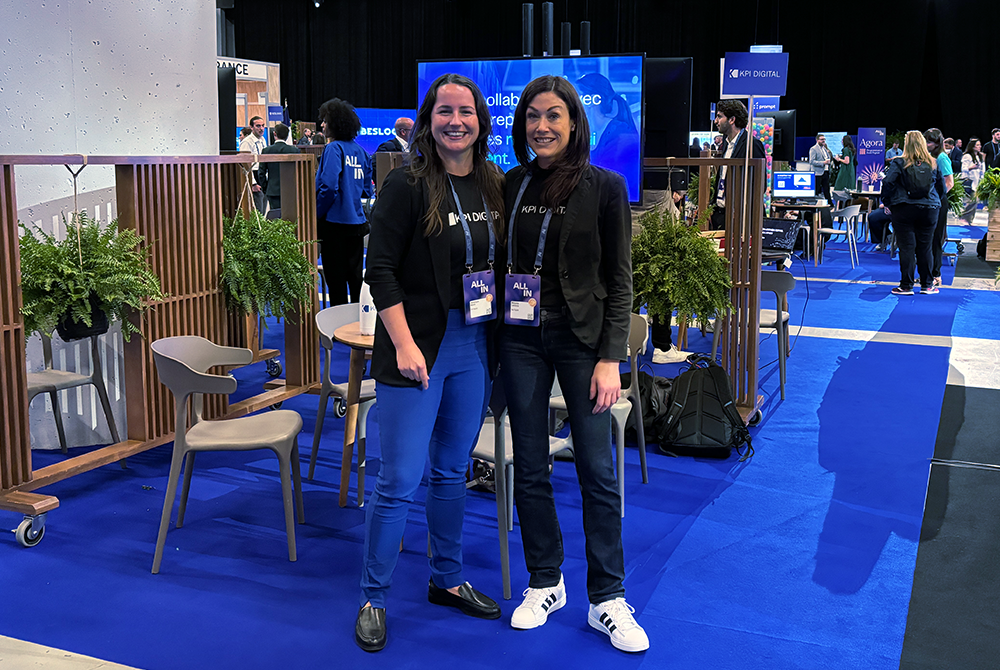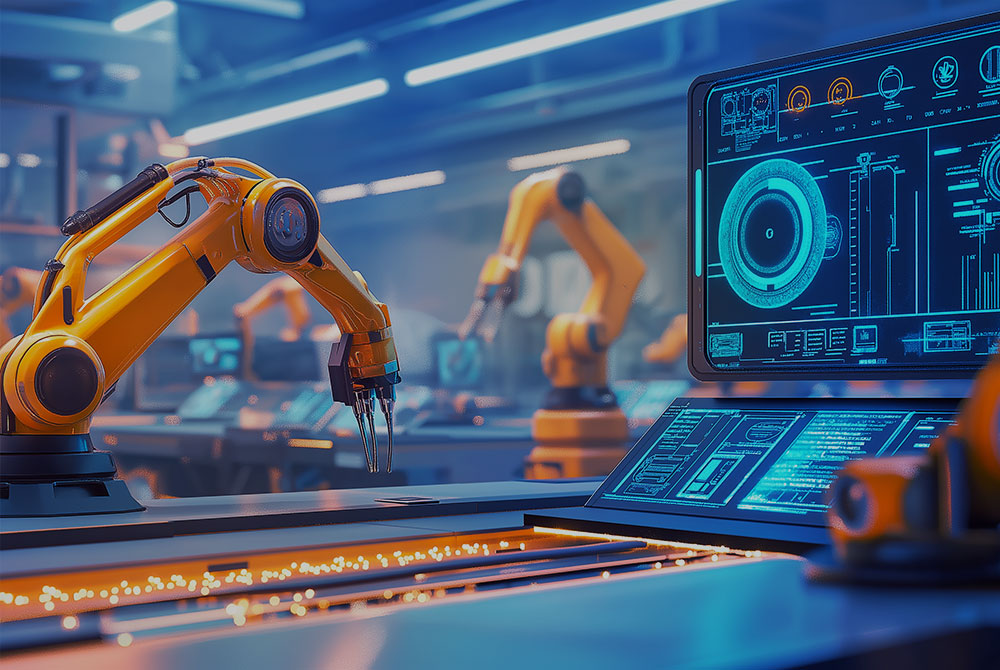When talking about what makes or breaks an AI and data initiative, the focus often falls on data quality or technical architecture. Yet there is another key factor that’s often overlooked but just as critical: people adoption. Think of data, technology, and people adoption as the three sides of a triangle, take one away, and the path to AI success falls apart.
Even with the most advanced tools and the well-prepared data, an AI initiative won’t deliver results if teams don’t understand them or see how they support their day-to-day work. In other words, AI only turns from concept to business outcome when both frontline and back-office teams actually use it. And this is where many organizations run into a real challenge: employees often respond to AI with mixed feelings and hesitation.
For frontline employees in supply chain and manufacturing, one of the most common first reactions to AI are anxiety. On the one hand, there’s the fear of being replaced: “Will AI take my job?” On the other, there’s uncertainty about how to actually use these new tools: “Can I really learn and use them well?”
Bringing AI Closer to the Frontline
At the same time, while platforms like ChatGPT have made AI a hot topic, visibility does not equal real adoption. According to industrial research, overall workplace use of AI is steadily growing, especially among back-office workers, where weekly usage has risen from 13% in 2023 to 27% this year. But for frontline production employees, adoption has barely moved, even slipping from 11% in 2023 to just 9% today. This suggests that for most employees, making AI a natural part of daily work is still a journey ahead.
So, making AI initiatives work isn’t just technical deployment, it also depends on supporting employees move from simply “hearing about it” to actually “using it”. Feeling worried about being replaced is a natural reaction when new technologies emerge. But over time, those who transition most smoothly are usually the ones willing to try new tools and gradually weave them into their daily work. And the reality is that in supply chain and manufacturing, AI isn’t here to replace frontline employees, it’s here to make their jobs easier, safer, and more efficient.
Take predictive maintenance as an example. AI can spot potential issues before equipment breaks down. This means frontline employees no longer have to stay late dealing with sudden shutdowns. Instead, maintenance can be scheduled in a more controlled window, making the work more efficient and reducing the stress of unexpected overtime.
Another example is automated quality checks. In the past, many employees had to spend long hours repeatedly inspecting products, a task that was both tedious and error-prone, with mistakes often leading to blame. With AI, much of this repetitive work is lifted, and the risk of errors is reduced. Instead of worrying about small mistakes, employees can focus on more complex issues or dedicate their attention to tasks that truly require human judgment.
There’s also inventory optimization dashboards. For frontline employees, manually counting stock is not only time-consuming but also risky when delays in information affect customer response. With AI-driven inventory optimization, employees have real-time data at their fingertips, enabling them to meet customer needs faster while shedding the burden of repetitive, low-value tasks.
Whether it’s predictive maintenance, automated quality checks, or inventory optimization dashboards, AI isn’t making frontline jobs more fragile, it’s steadily improving the day-to-day experience for employees. And it’s these tangible improvements that can turn the fear of being replaced into a willingness to try and adopt.
Helping Teams See AI in Action
So how can companies truly help employees embrace and use AI? One approach is to run internal training and knowledge-sharing sessions that introduce the basics of AI concepts and skills. In a relaxed setting, employees can see how these tools fit into their daily work. Such intro sessions reduce the sense of unfamiliarity while helping teams gradually build confidence in using AI.
Another, more straightforward and hands-on approach is to connect with us. Based on organization’s context, we bring tailored solution demos and proven use cases to show how AI and data can be applied to employees’ everyday work, making the impact visible and concrete. This helps teams see that AI isn’t some distant, abstract technology, but a tool that can solve the problems they face every day. When employees move from “hearing about AI” to “experiencing its benefits firsthand,” their willingness and motivation to adopt it grow naturally.
Let’s start a conversation and work together on this critical step to ensure AI initiatives take root and deliver long-term value.
Source: Gallup, AI Use at Work Has Nearly Doubled in Two Years, June 15, 2025.





